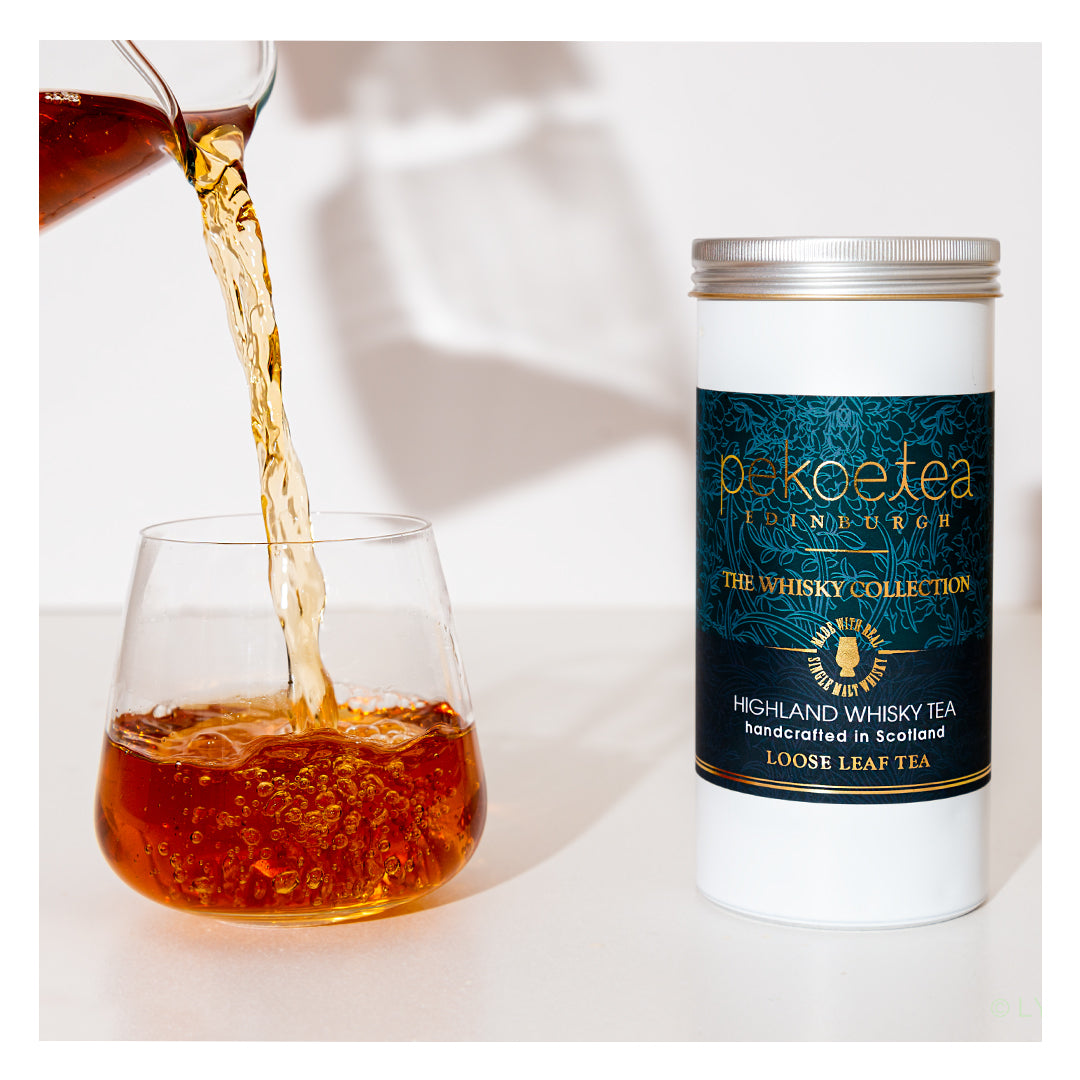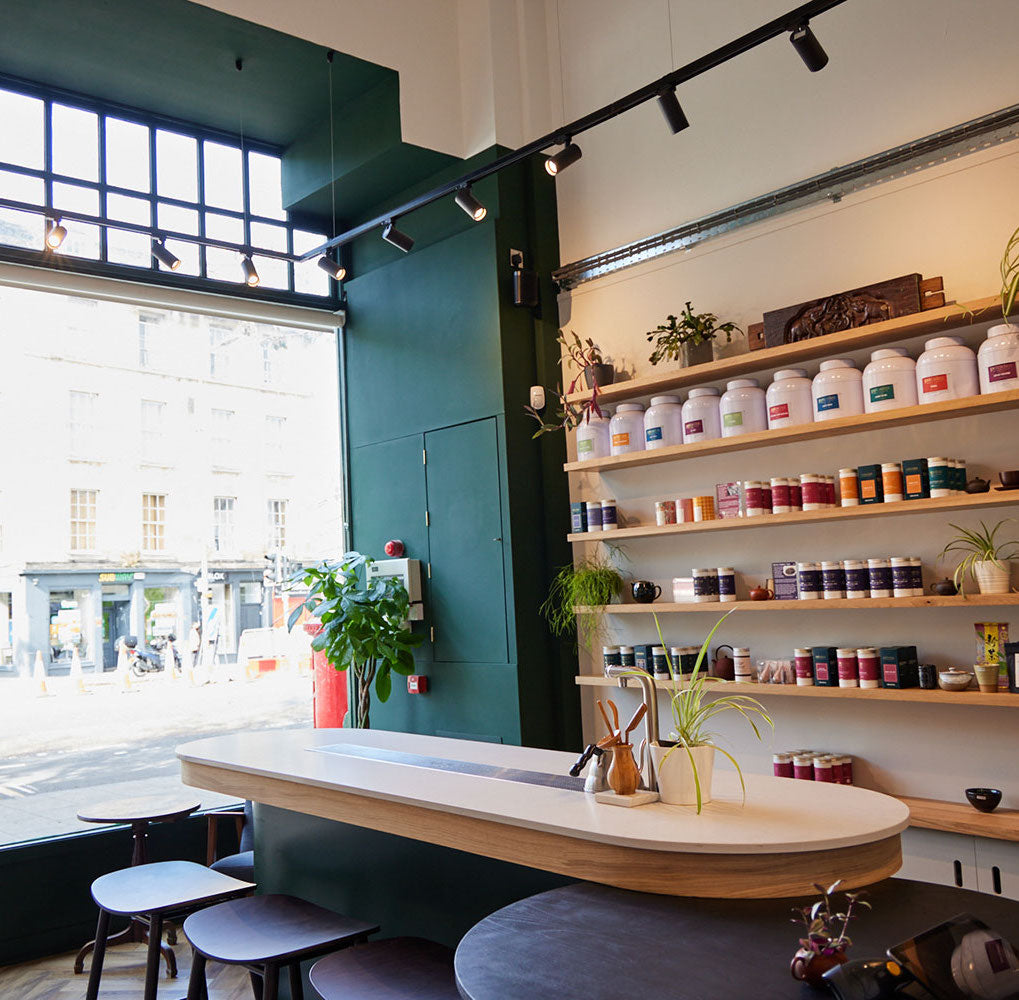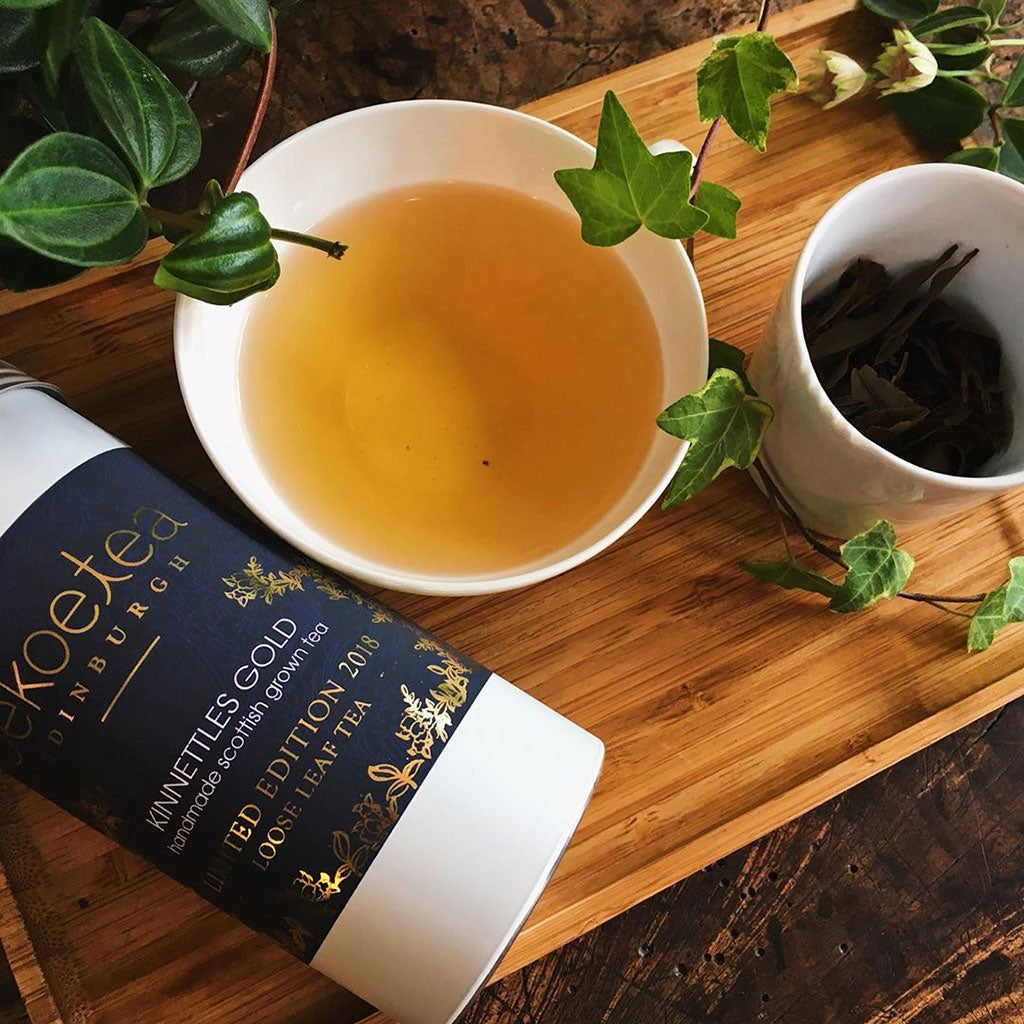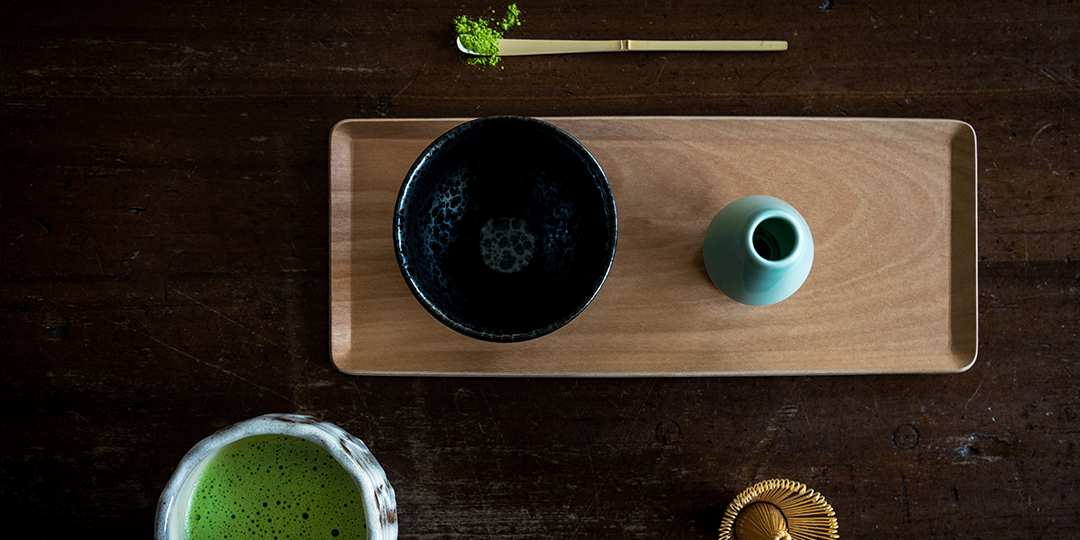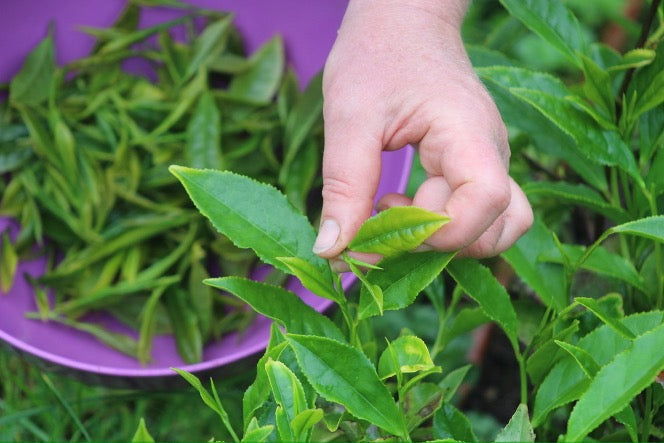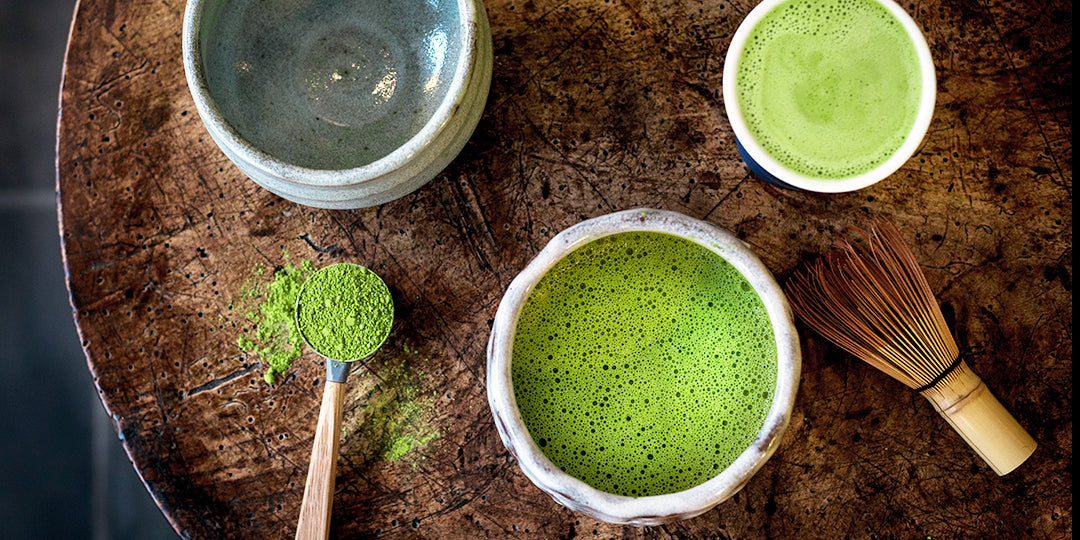At Pekoe Tea, we are frequently asked about matcha green tea, which can be confusing because of the different grades available. Our tea shop assistant Ellen has written a handy guide below to answer your most pressing matcha question: “What is the difference between cooking grade matcha and ceremonial grade matcha?”

Matcha is categorised into different “grades” which is just the term used for the different qualities of matcha that are available. These grades are based on the growing conditions and methods of processing the leaves. The two grades available are cooking/culinary and ceremonial grade. There are further sub-grades of quality within cooking grade matcha but for simplicity, we will talk about it as one whole grade.
Ceremonial grade matcha - as indicated by the name - is used in traditional Japanese tea ceremonies and is an extremely high quality tea. It is harvested in spring around late April time and for the last 20-30 days before harvest the leaves are shaded from sunlight so they only have 60-75% of light exposure. Covers called TANA tarps are rolled over the plants to create shade when new leaf buds have grown. This shading encourages more chlorophyll and L-theanine production in the leaves which are, respectively, the sources of the vibrant bright green colour and the sweet flavour note that matcha green tea is famous for.
Cooking grade matcha powder is the most versatile matcha you can find and is probably one that you have already tried. Any of the higher quality sub-grades of cooking matcha are delicious enough to drink on their own as a ceremonial style bowl of matcha but lower quality cooking grade matcha can taste muddy on its own and is best used when added into recipes or even for skincare. Matcha lattes, cheesecakes, cookies and facemasks all use cooking grade matcha in their recipes. This matcha tea is harvested later than ceremonial grade matcha; from summer until early autumn.

The way the tea leaves are processed also determines their grade. Ceremonial matcha is still hand ground into powder using stoneware, while cooking matcha is mechanically ground. The automation used in processing cooking grade matcha speeds up the process and allows for a lot more tea to be processed at a time. You will note a great difference in price between ceremonial and cooking grade of matcha, which reflects the difference in the challenge of growing and processing each type.
When buying matcha tea powder you might ask yourself why packets don’t seem to contain much tea. Remember, a small amount of matcha tea powder goes avery long way. When drinking or cooking with matcha you are consuming the entire physical leaf and all of its components which is why matcha has a much higher caffeine content than other green teas. When making a bowl of ceremonial matcha less than a teaspoon of powder is needed to make a strongly flavoured tea!
Some things to look out for when shopping for matcha tea powder:
- Vibrant green - the higher the grade, the greener the shade (is a general rule of thumb)
- Finer matcha powder tends to give a more delicate flavour
- ‘Stone-ground’ indicates a ceremonial grade matcha
- Good quality matcha should have a strong, fresh, sweet smell
Of course you can always chat to our team in the shop about which is the best matcha for your needs. We have a range of matcha teas, matcha bowls and whisks to complete your kit!

